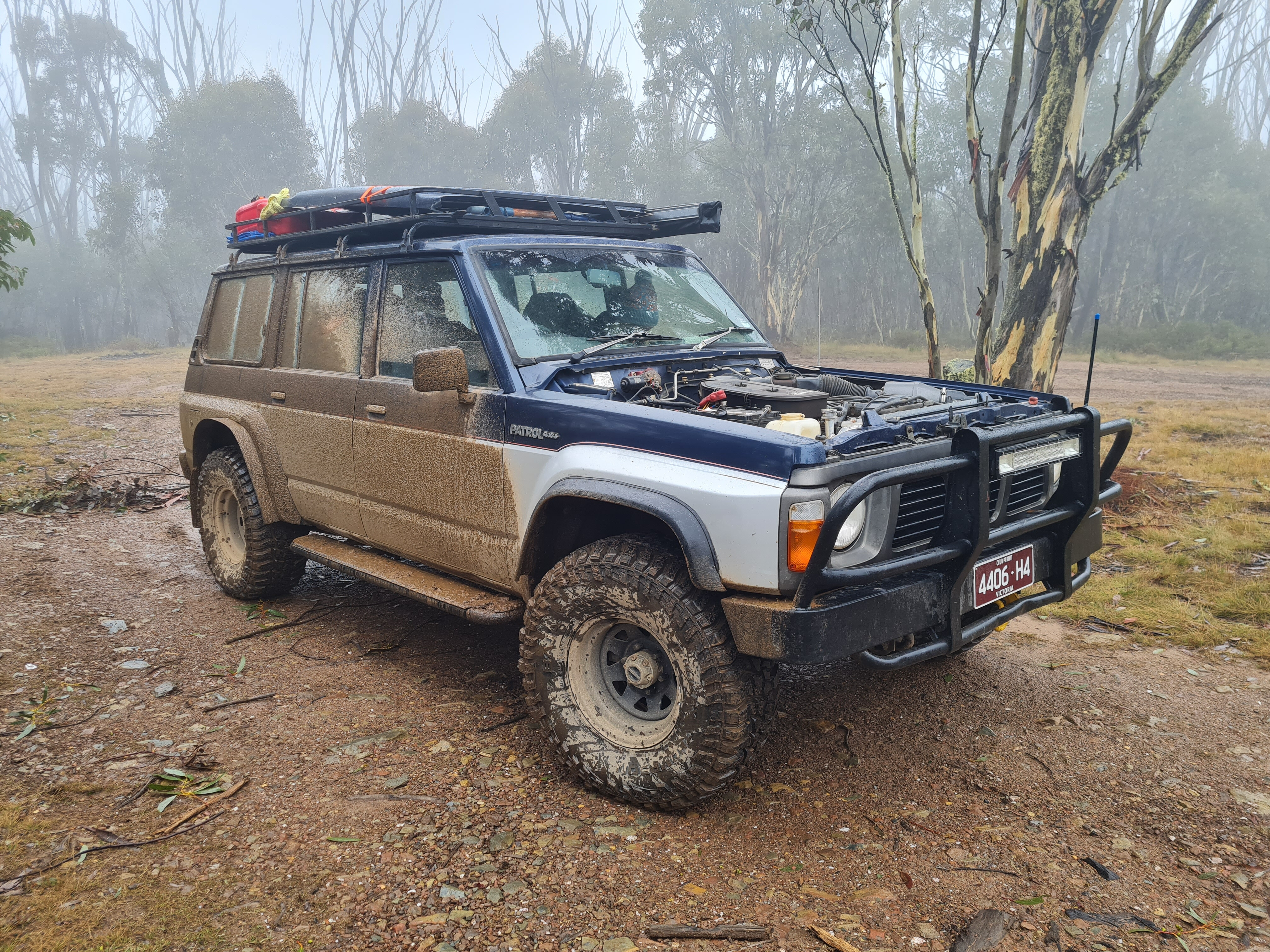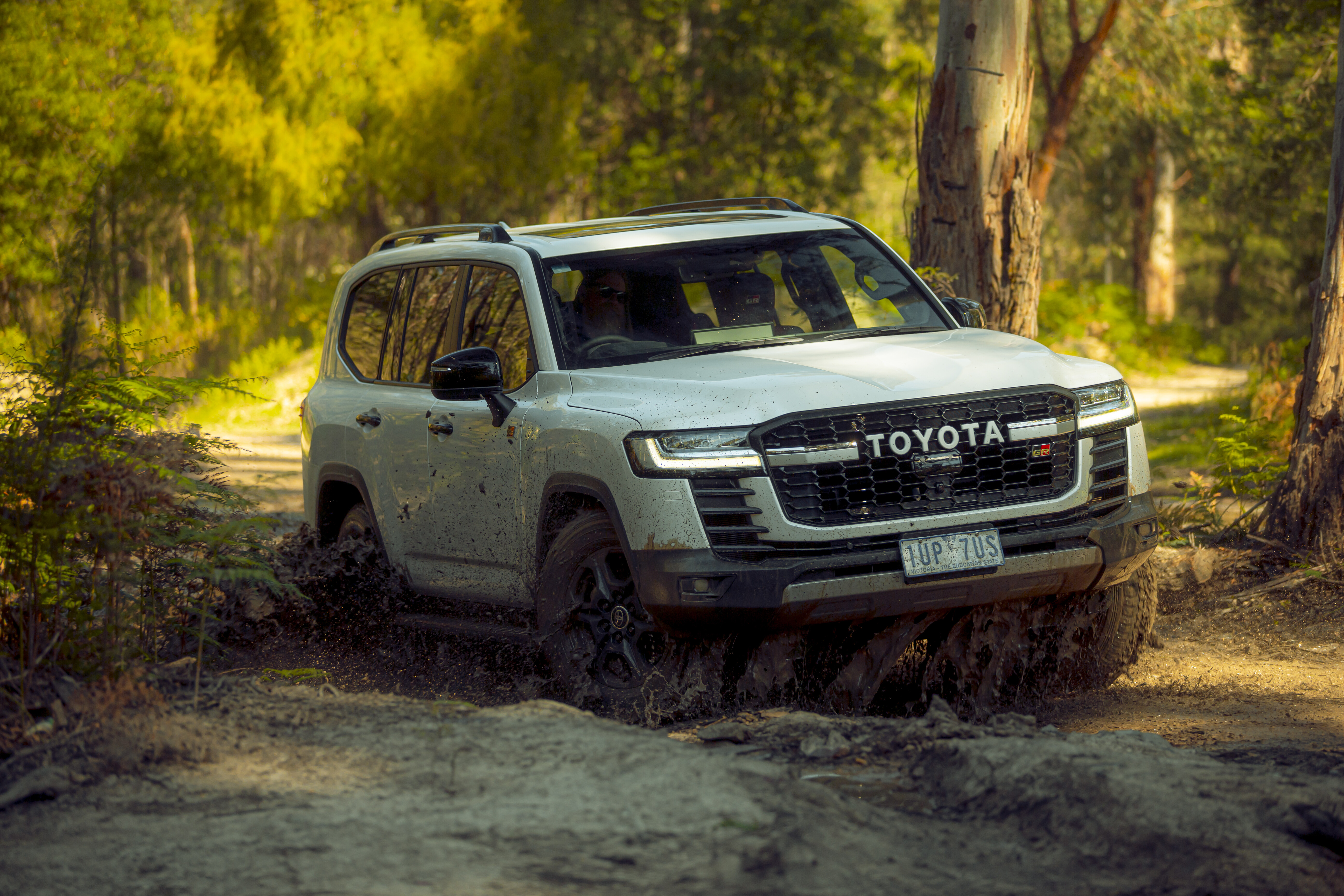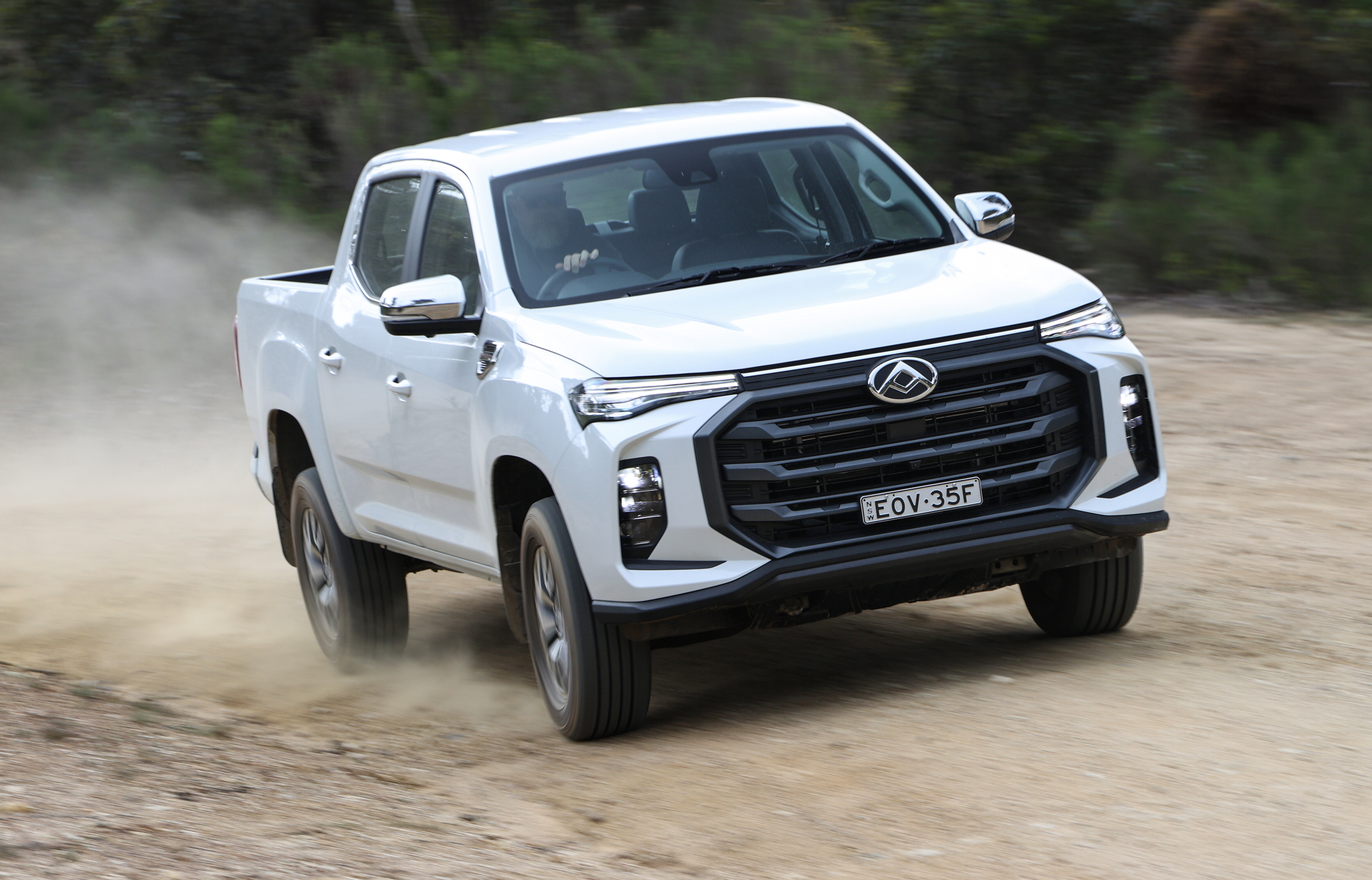HOLDEN Special Vehicles (HSV) was founded in 1987 as a joint venture between Holden and Scottish racing driver and race-team owner, the late Tom Walkinshaw. Better known for its expertise in tweaking Commodore V8s, HSV has now turned its hand to Holden’s bestseller, the Colorado ute.
You might think that being an HSV the SportsCat would run a tuned engine, but the 2.8-litre four-cylinder diesel, essentially a VM Motori design, is stock and claims an unchanged 147kW and 500Nm.
HERE IS YOUR CHANCE TO WIN AN HSV SPORTSCAT+
Still, these are healthy numbers among the current crop of dual-cab utes, with the Colorado’s 500Nm bettered only by the Volkswagen Amarok V6’s 550Nm. The Colorado’s two gearboxes – a six-speed manual and a six-speed automatic – are also unchanged.
HSV may have left the powertrain alone, but engineers seriously tinkered with the chassis to improve the Colorado both on and off the road. Starting with a Colorado Z71 as the donor car, the upgrades start with 18×10-inch alloys with a 15mm off-set (for a 30mm wider track) carrying Cooper Zeon LTZ Pro 285/60 all-terrains, which give a 20mm increase in ride height over the stock 265/60R18s.
New and stiffer front springs then provide an additional 25mm of lift, obviously for more clearance but to bring a more neutral stance compared to the nose-down/bum-up look of a standard Colorado. The rear springs remain stock, while MTV dampers are fitted all ’round.
To cope with the inevitable extra load passed back to the chassis via the bigger and heavier wheel and tyre package and the 30mm wider track, HSV engineers have braced the spring/damper strut top mounts. The standard pressed-steel top mounts for the front struts are welded to the chassis rails behind the struts but are effectively open at the front. What HSV has done is brace the front of the strut top mount back to the chassis via a steel tube looped up and around the strut, which helps eliminate chassis flex in this critical area and thus achieve better suspension control.
From there the upgrades are model specific. The SportsCat+ adds 362mm front brake rotors, in place of the standard 300mm rotors, and four-spot AP Racing calipers. The SportsCat+ gets a rear swaybar that automatically decouples when low-range is engaged.
As standard, the Colorado, like most dual-cabs, doesn’t have a swaybar. SportsCat+ buyers can also option high-performance SupaShock dampers complete with gas-charged remote reservoirs, as fitted to our SportsCat+.
How does it all work? Well, in two words, very nicely.
Generally when you lift a vehicle and add taller off-road-oriented tyres the on-road dynamics go backwards, but not here; the SportsCat+ feels planted and confident on the road, and the faster you drive it the better it feels. The high-speed steering and front suspension control on bumpy roads, even corrugated dirt, is particularly impressive. HSV has also retuned the electronic stability control, and that it’s not intrusive at all on loose dirt is proof it works.
The up-spec front brake package on the SportsCat+ works a treat. The pedal pressure is noticeably higher than stock, but the feel and the retardation is much improved and adds to the high-speed confidence the SportsCat offers. It’s better off-road than a stock Colorado, too, simply because of the extra clearance and the tough Cooper Zeon LTZs – you can’t beat clearance and tyre confidence off-road.
However, less suspension flex up front is an off-road negative, given that even a stock Colorado could do with more suspension travel to be competitive with the best of dual cabs in that regard.
The SportsCat gets its own distinctive styling with a bonnet bulge, new front fascia complete with prominent red recovery hooks, and a quick-removal hard tonneau with top-mounted load rails. And, as the SportsCat is based on a Z71, both models come loaded with luxury and safety kit. From there, options include a tub liner and an adjustable load restraint bar in the tub.
Does the SportsCat need more? A rear locker wouldn’t go astray to make it more effective off-road, and some would argue the HSV name deserves a power upgrade, something HSV says isn’t on the cards at present. This wouldn’t be hard to achieve via a third-party supplier, an ECU upgrade and a less-restrictive exhaust system.
Power upgrade aside, what you do get is a distinctive-looking dual cab with an aggressive stance that’s better than a stock Colorado off-road and more of a driver’s car on-road.
Models and Equipment
THE SportsCat comes with both a six-speed manual and a six speed automatic in two models: the SportsCat and the $6K more expensive SportsCat+, with its racing brakes and decoupling rear swaybar.
Standard equipment on both models includes leather with electric adjust and heating for the front sports seats, embedded sat-nav, auto headlights and wipers, Apple CarPlay, Android Auto and a rear-view camera.
Safety kit runs to seven airbags, tyre pressure monitoring, lane-departure warning and forward-collision alert. Other equipment includes LED DRLs and tail-lights, two bright red front recovery hooks and a lockable hard tonneau. Options include a tub liner and adjustable load restraints. The SportsCat comes in four colours: white, black, grey and red.
HSV Colorado Sportscat+ Prices* Sportscat (MT): $60,790 Sportscat (AT): $62,990 Sportscat+ (MT): $66,790 Sportscat+ (AT): $68,990 Supashock dampers option (Sportscat+ only): $3600 *Prices do not include on-road costs
2018 HSV COLORADO SPORTSCAT+ SPECS Engine: 2.8-litre 4-cyl turbo-diesel Max Power: 147kW at 3500rpm Max Torque: 500Nm at 2000rpm Gearbox: Six-speed automatic 4×4 System: Dual-range part-time Crawl Ratio: 36.4:1 Construction: Separate-chassis Front Suspension: Independent/coil springs Rear Suspension: Live axle/leaf springs Wheel/Tyre Spec: 285/60R18 Unladen Weight: 2274kg GVM: 3150kg Payload: 876kg Towing Capacity: 3500kg GCM: 6300kg Fuel Tank Capacity: 76 litres ADR Fuel Claim: 8.7L/100km Test Fuel Use: 12.2L/100km
Departure angle: 24˚ Rampover angle: 27˚ Approach angle: 32˚ Wading depth: 600mm Ground clearance: 251mm





